You Will Need
- Broom or vacuum (with soft head attachment)
- Mild dish detergent
- Warm water
- Rag or chamois mop
- Dry lint-free cloth
How to Clean Your Ceramic Tile Floor
Start out by sweeping or vacuuming your ceramic floor to get rid of excess dust. Using a rag or a chamois mop, clean the tiles with a mild dish detergent and warm water. Avoid sponge mops as they tend to drive the dirt into the grout lines. As you’re mopping, make sure to change the water often in order to avoid clouding the floor. Dry the tiles with a fresh cloth immediately after cleaning to prevent water spots from forming.
Porcelain
Porcelain is considered to be a favorite flooring option among many homeowners, mainly because of its sheer beauty. It is available in a wide array of colors and patterns. Moreover, it is resistant to stains and moisture. If not maintained properly, however, porcelain tiles can become dull over time. Cleaning your porcelain flooring on a regular basis will ensure that it never loses its shine. Besides a weekly sweeping or vacuuming, you’ll need to clean the tiles with a vinegar solution once a month. Alternatively, you could use a commercial cleanser that’s suitable for porcelain.
You Will Need
- Dry-dust or microfiber mop, vacuum with soft head attachment
- ¼ cup white vinegar mixed with two gallons of water
- Sponge mop
- Soft-nylon brush
- Cheesecloth or dry kitchen towel
How to Clean Your Porcelain Tile Floor
Begin by getting rid of the dust with a microfiber mop or a vacuum cleaner. Make sure to use the soft head attachment to avoid scratching the porcelain. Using a sponge mop, apply the vinegar solution to the flooring. Remove any localized stains with a soft-nylon brush and warm water — avoid brushing any dry areas. Finally, rinse the surface with warm water and wipe it dry with a cheesecloth or a kitchen towel.
Glass
Durable, tough, and beautiful, glass tiles are an exceptionally popular choice for flooring — especially for bathrooms and kitchens. Unlike ceramic and stone, glass is not porous. This makes it resistant to mold and moisture. Nevertheless, giving your glass floor the care it needs will preserve its beauty. For regular cleaning, all you may need is a traditional glass cleaner. Buildups of hard water and soap scum in the bathroom may warrant an occasional cleansing with a vinegar solution.
You Will Need
- Traditional glass cleaner (such as Windex)
- Lint-free cloth
- Clean cloth for drying
For build-ups:
- Empty spray bottle
- 50/50 vinegar and water
- Lint-free cloth
How to Clean Your Glass Tile Floor
To clean your glass flooring on a daily basis, start by spraying it with a traditional glass cleaner (Windex is a common option). Afterward, simply wipe the cleaner off with a lint-free cloth and follow it up with a dry cloth for a streak-free finish. As for removing buildups, fill up a spray bottle with a mixture of water and white vinegar. Spray abundantly and let sit for a few minutes, finishing off by wiping the surface with a piece of cloth.
Natural Stone
No other type of flooring offers a touch of nature to a room more than natural stone. Besides being champions in durability, natural stone tiles are available in slate, granite, and marble, just to name a few. To maintain its fresh look, do your stone flooring solid by cleaning on a regular basis. You could generally just use water for the cleaning — although you can’t go wrong with a bit of dish soap or natural stone cleaner. Make sure to avoid acidic substances as well as abrasive materials like steel wool as they might mar the surface.
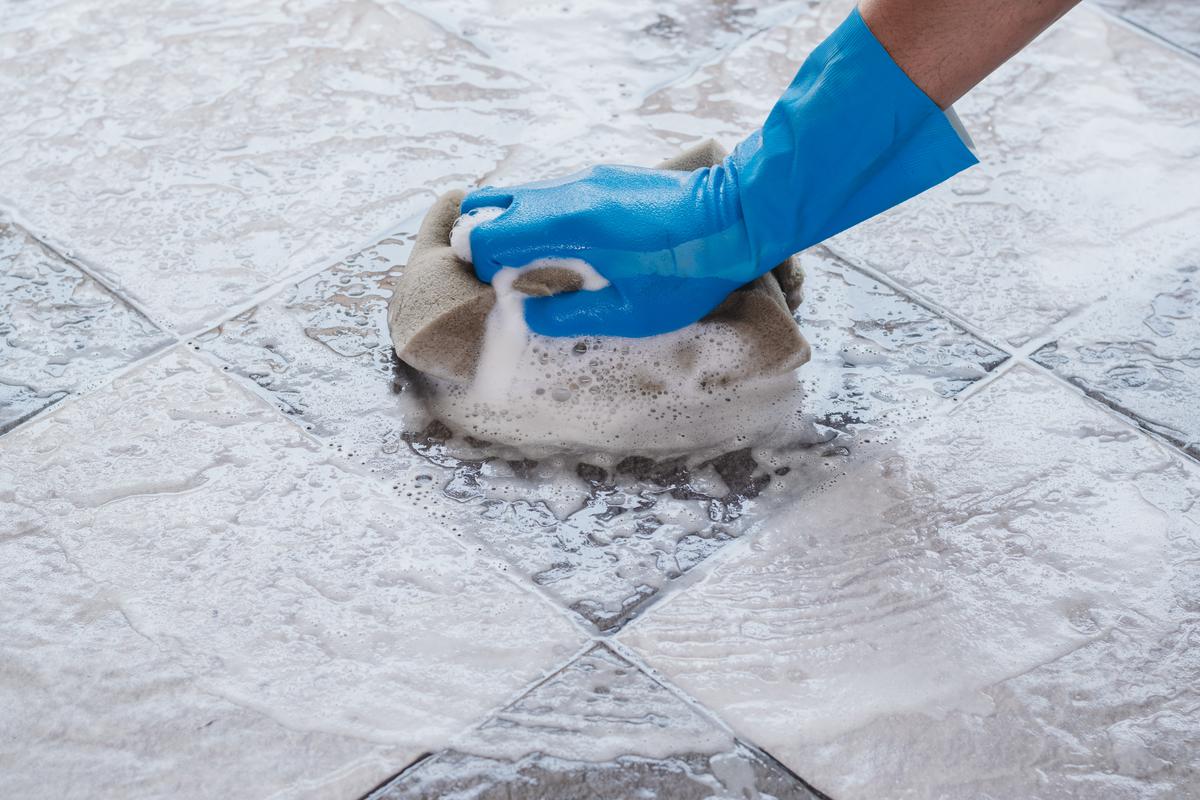
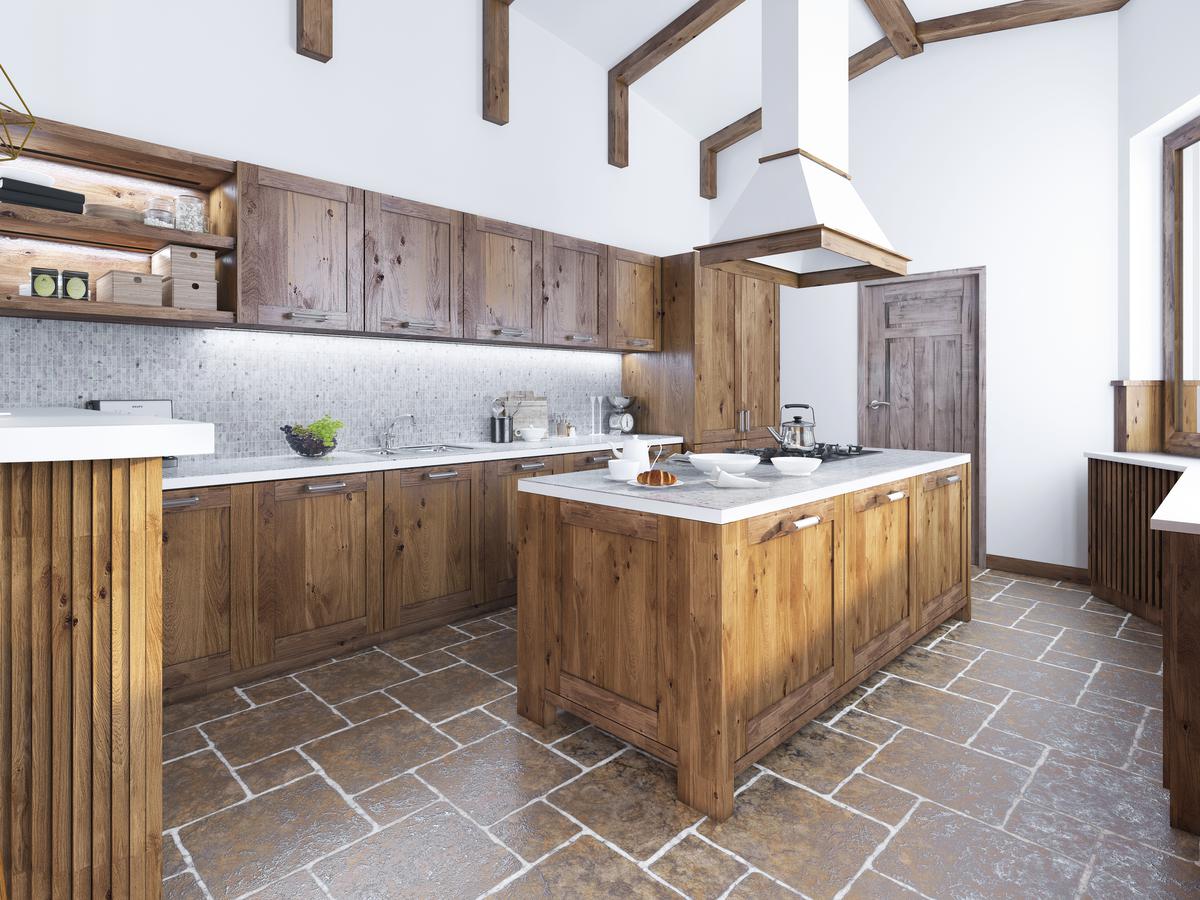
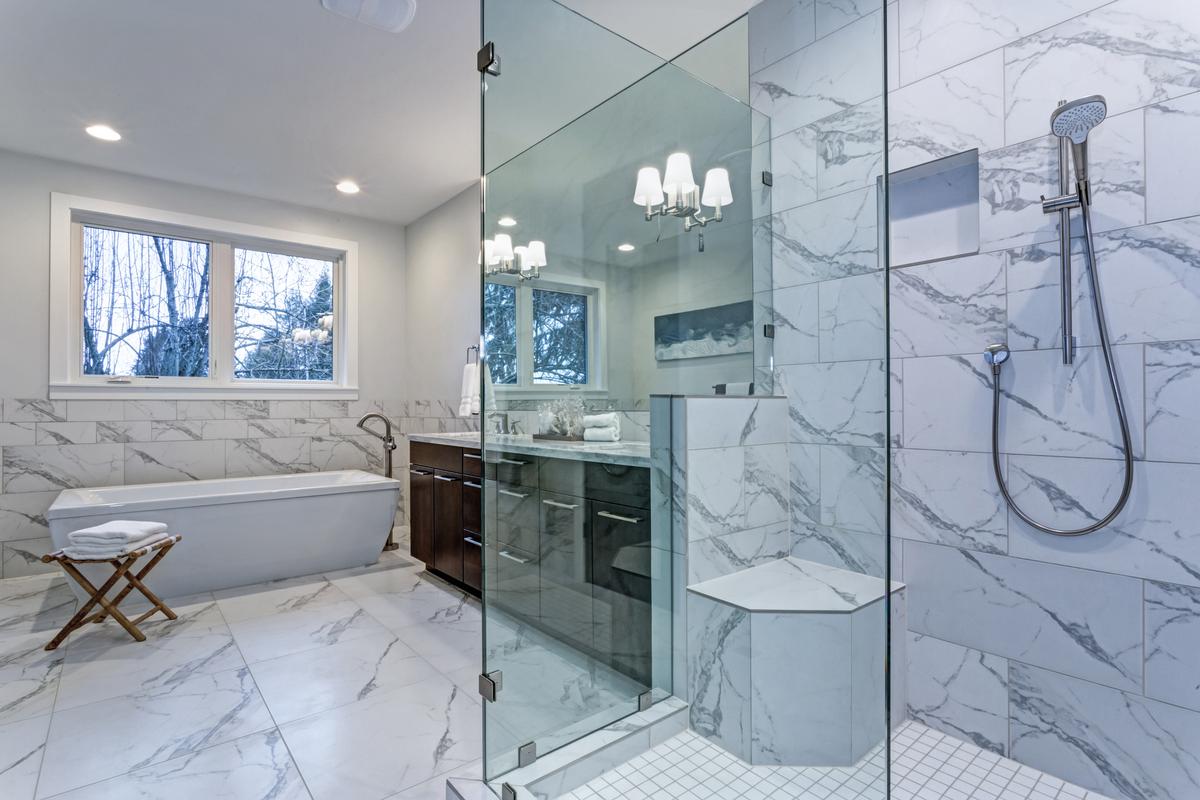
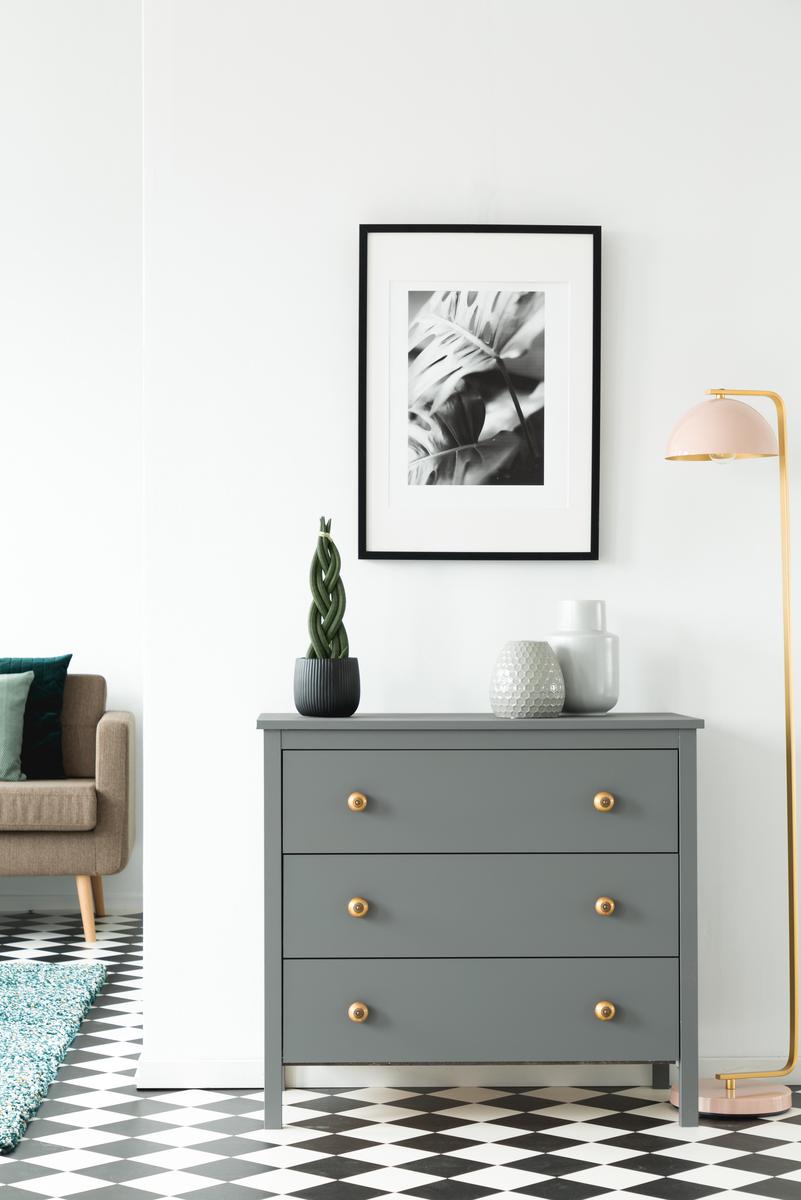

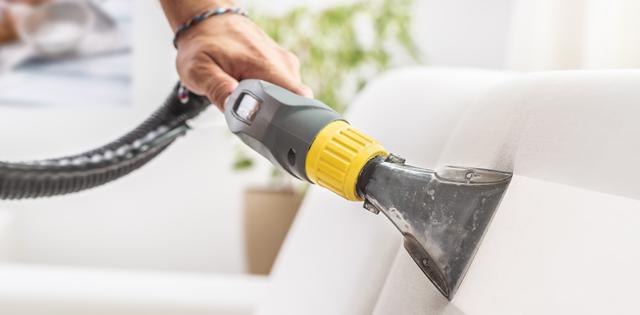
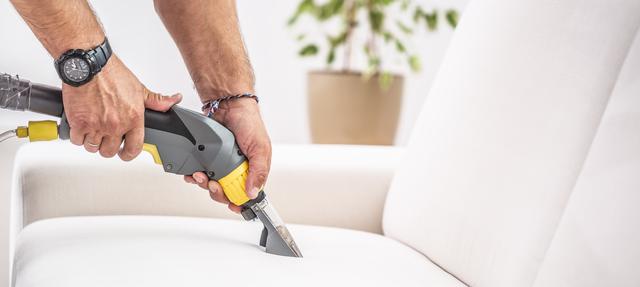

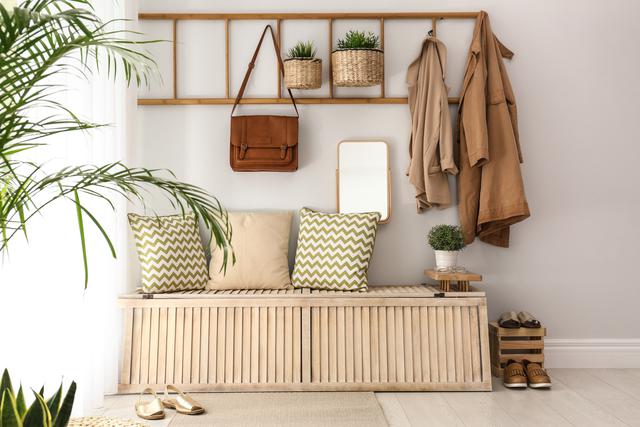
comments